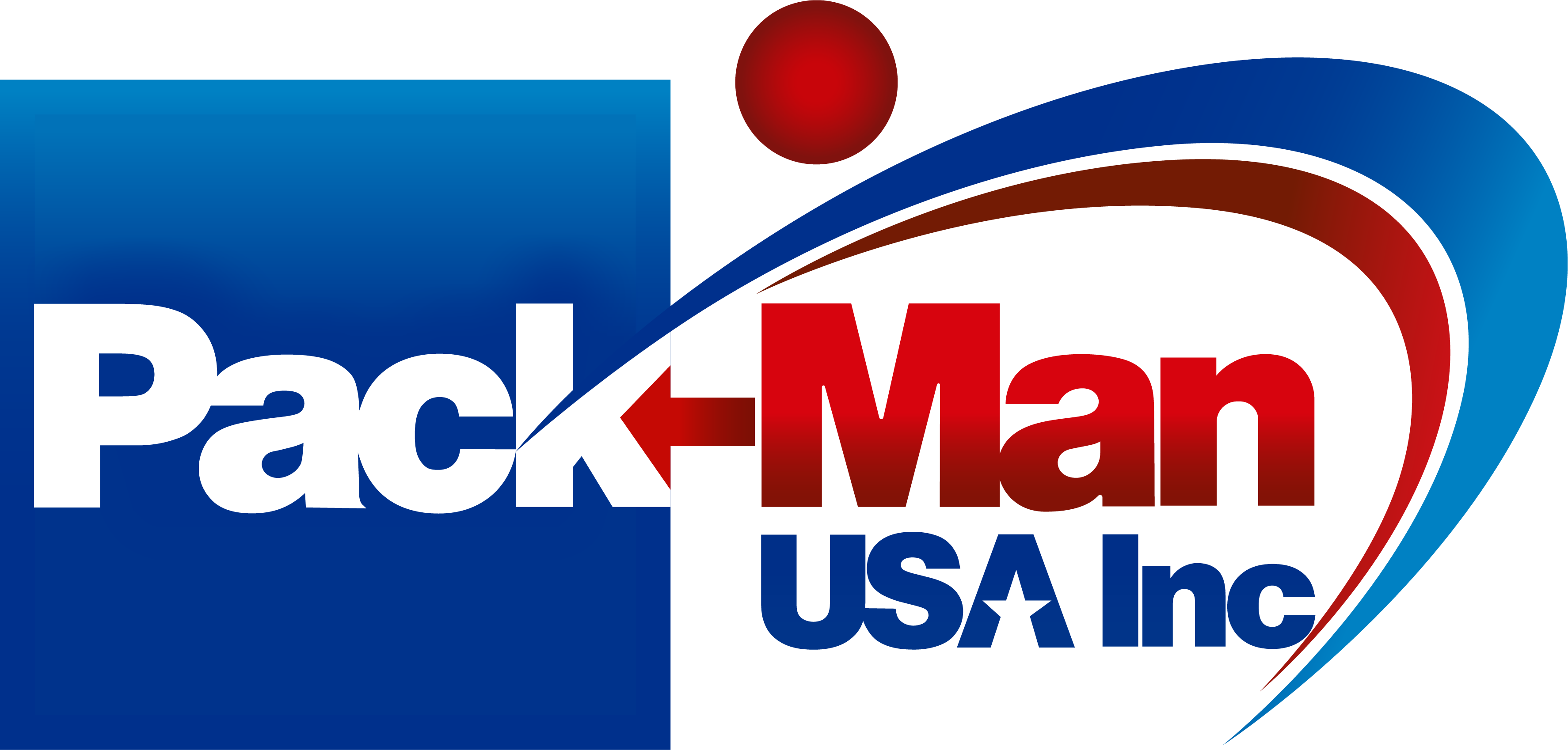
FAQs
Frequently Asked Questions
How would I know if my freight is considered a dangerous or hazardous material?
A freight may be considered dangerous or hazardous if it contains substances, materials, or products that have been identified as potentially harmful to human health, the environment, or property.
What documents do I need to have with a dangerous goods shipment?
To ship hazardous materials, you will need to have several documents to ensure compliance with regulations: shipping papers, dangerous goods declaration (DGD), material safety data sheet (MSDS), Air waybill, and certification of packaging.
Where can I go for help with packing hazardous materials set for air freight?
PACK-MAN USA, PROPACK, a certified dangerous goods packing specialist. It is important to ensure that hazardous materials are properly packed and labeled to comply with the regulations.
What items can be shipped in a crate?
Most items can be shipped in a crate. The benefit of using a crate for shipping purposes is the added protection, security tampering prevention, efficient loading and unloading, and overall compliance with regulations.
Is Dry Ice a reliable coolant and at what temperature can it keep my freight at?
Dry ice is commonly used as a refrigerant in transportation because it has a very low temperature and can maintain a consistent temperature during transportation. In general, dry ice will keep a freight at a temperature of around -78.5°C (-109.3°F) for up to 24-36 hours, depending on the amount of dry ice used and the insulation of the container.
What is the typical duration of the inspection and packing process?
The timeframe for an inspection and packing process may vary based on the unique requirements and our current workload. However, the usual duration for completion takes approximately 24 to 48 hours.
What does the packing and crating process look like?
The packing and crating process at our company is well-structured and aimed at ensuring the safe and secure handling of your items.
We asses the items -> prepare the necessary materials -> pack or crate the shipment -> conduct a quality check -> return the package with proper documentation.
Where and how are the crates assembled?
After taking proper measurements of the shipment, individual pieces of the crate will be constructed at our facility. The crate is then assembled with the goods being transported either in-house, on-sight, or at the sight where the cargo is being held. We make it as convenient as possible.
Let’s Get Packing
Ready to partner with NY’s certified experts in dangerous goods & HAZMAT shipping? Get started with your free quote today.




